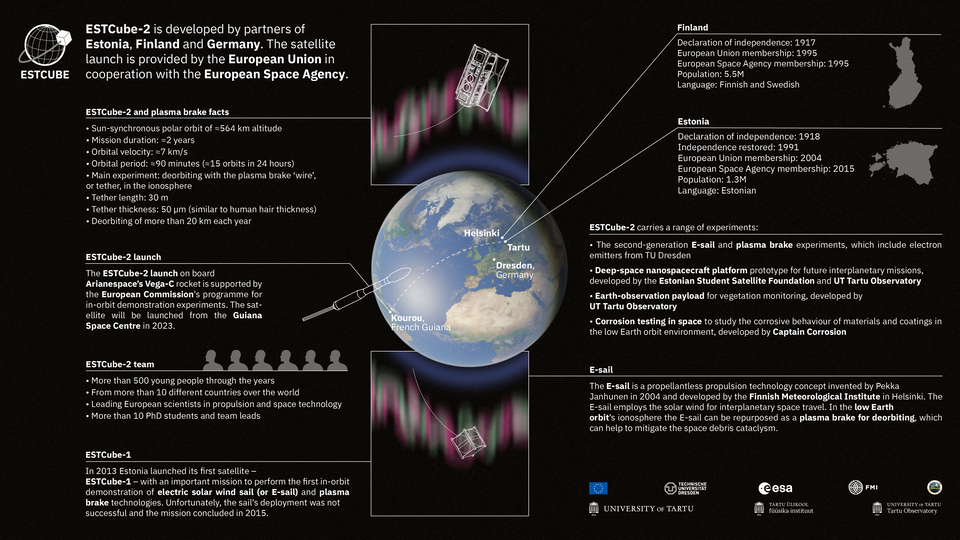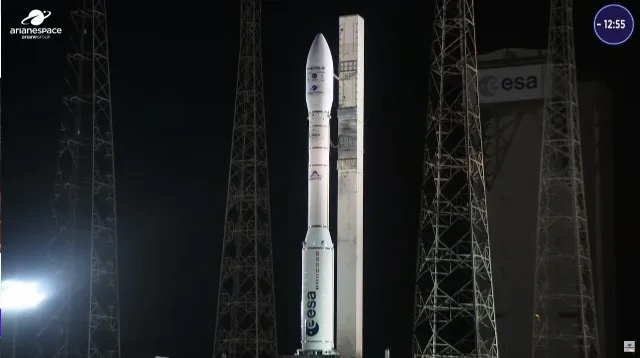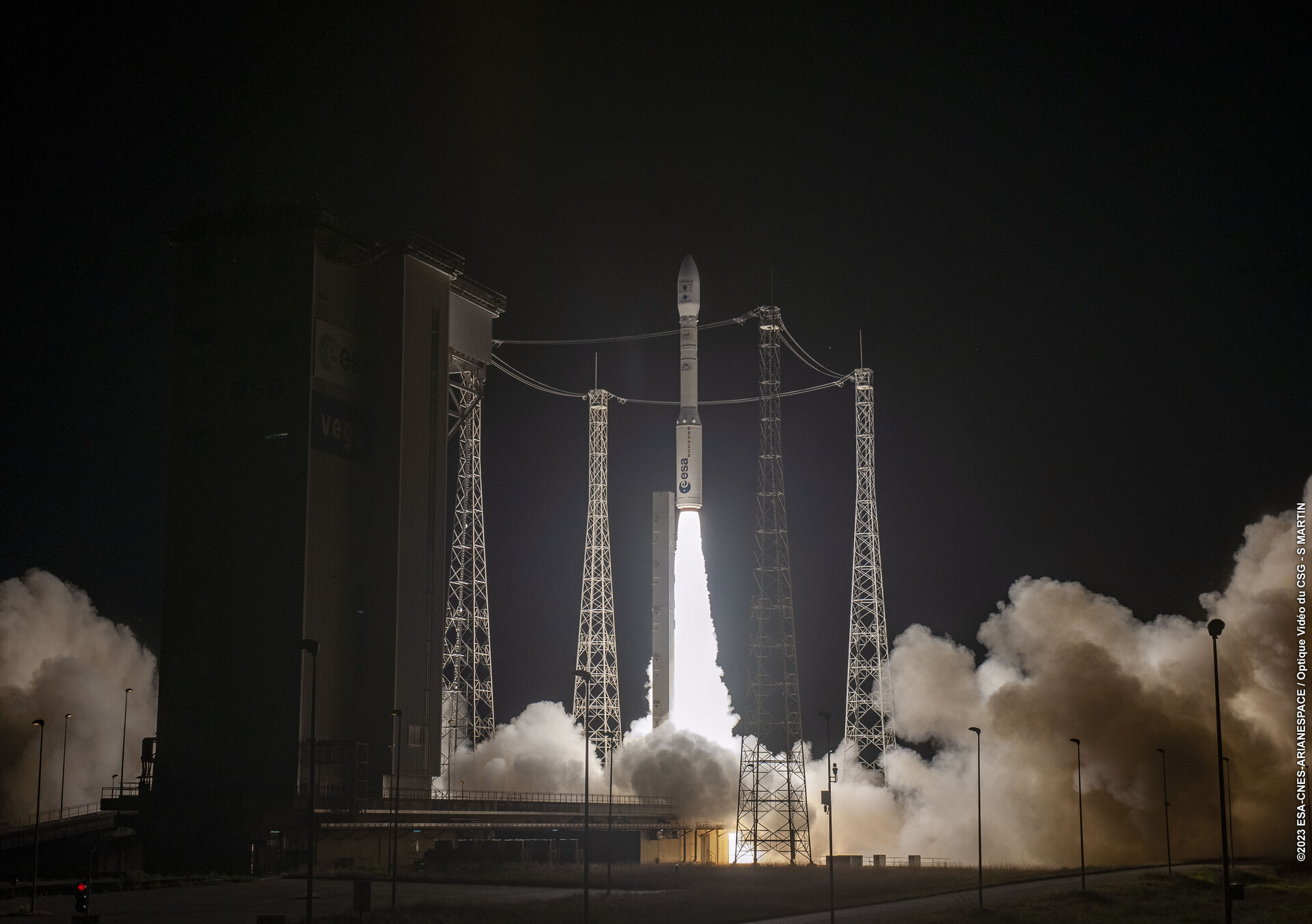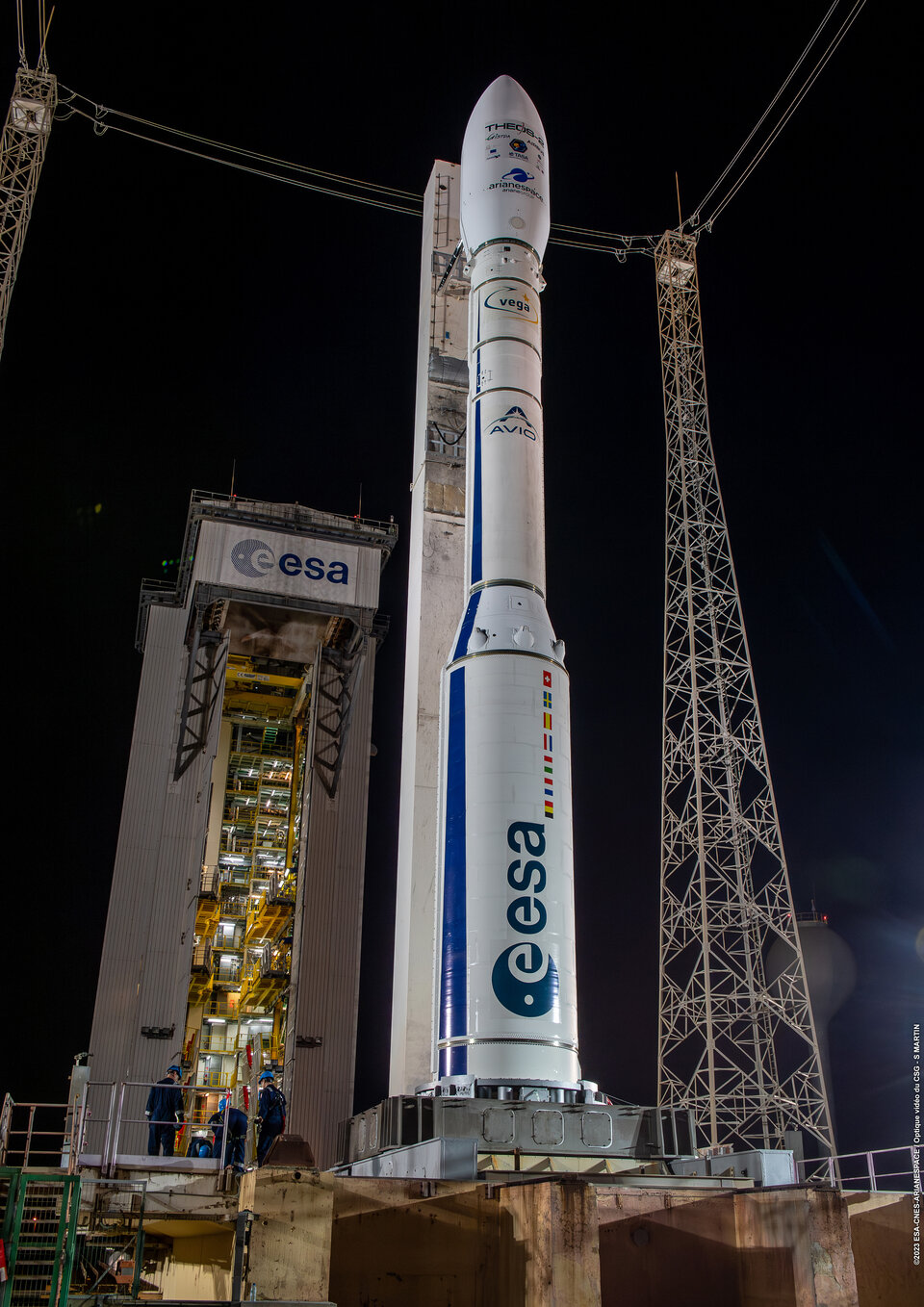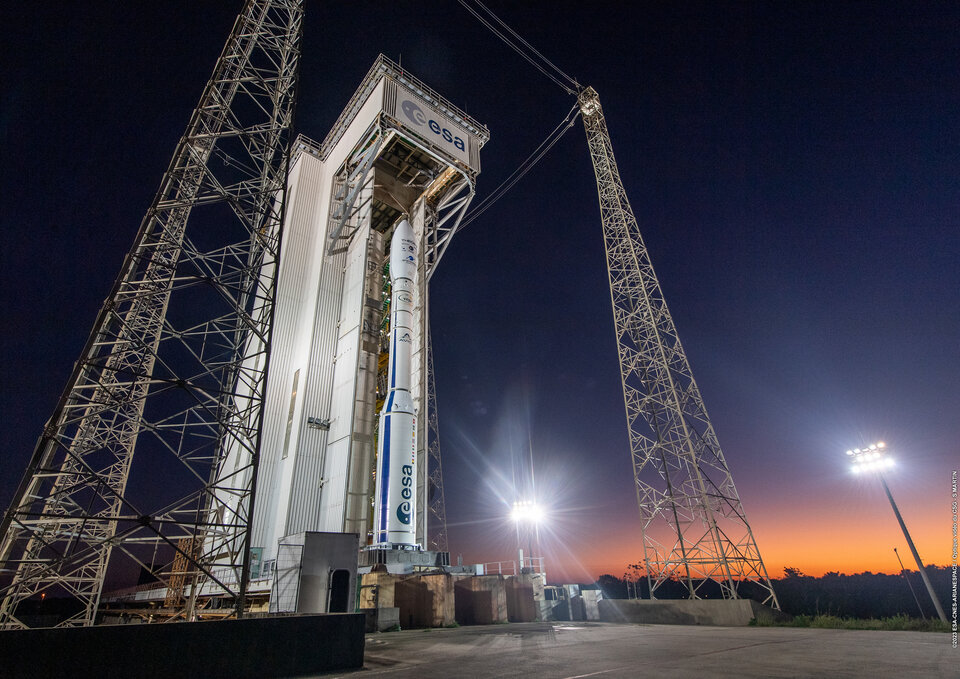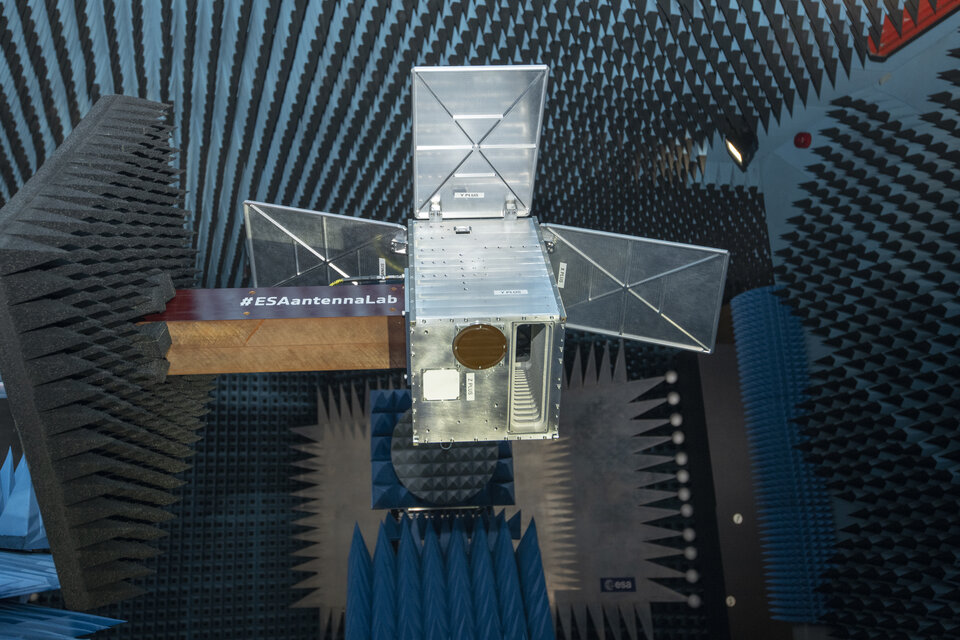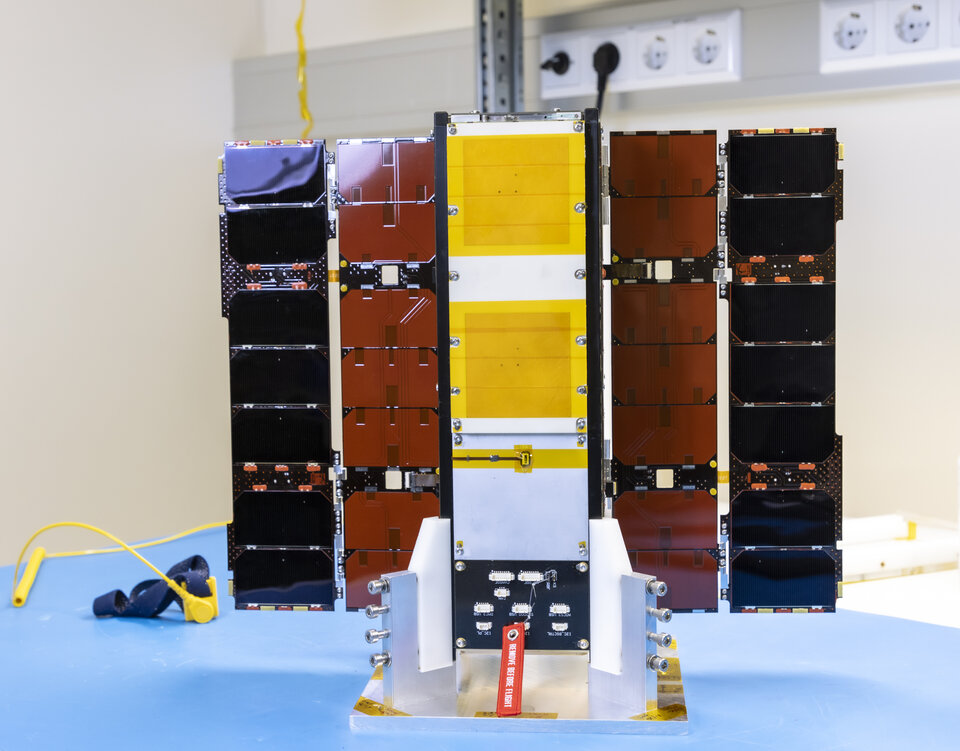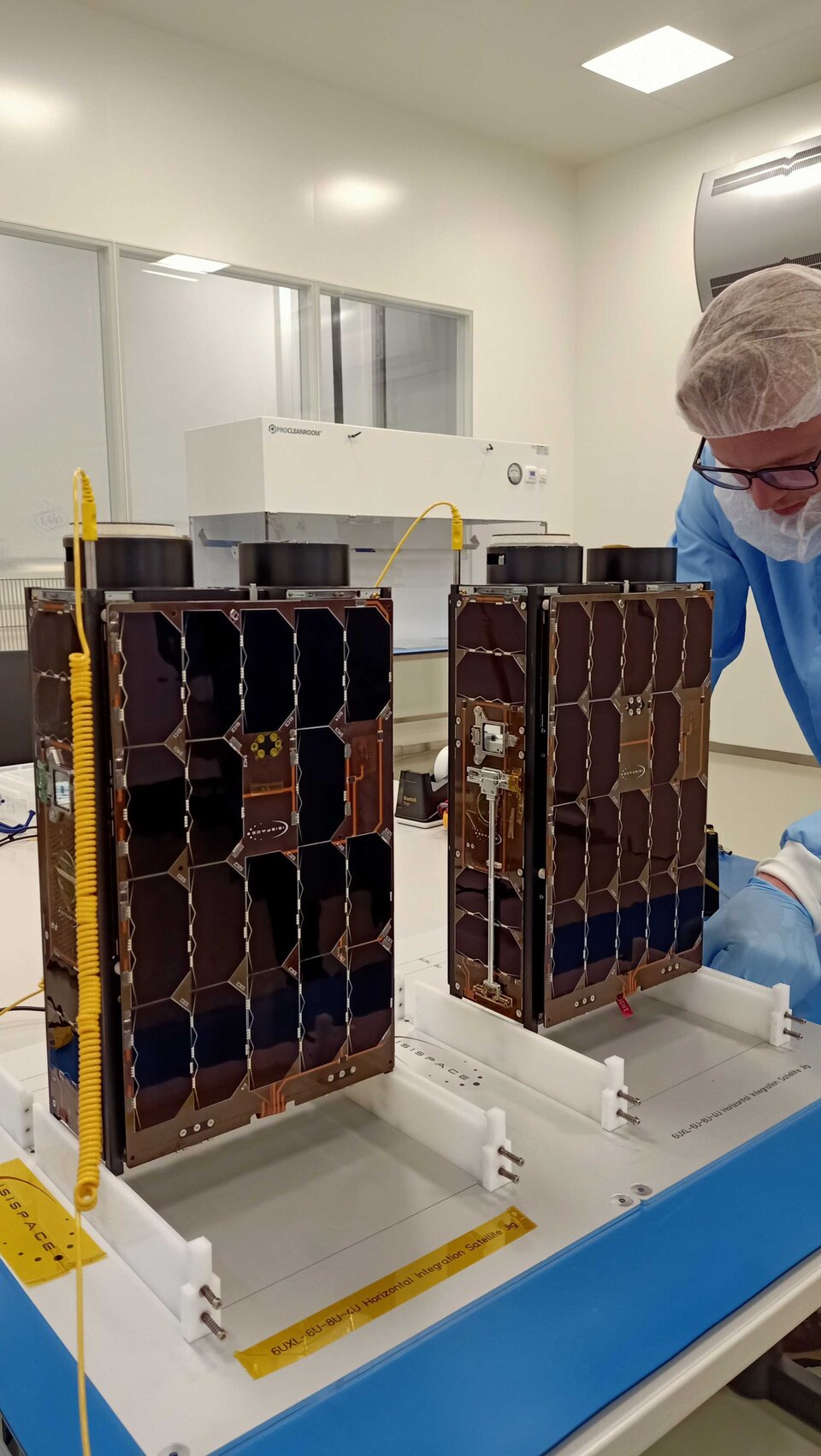29.09.2023
Vega's fuel-free CubeSats to keep formation with wings
Spain’s trio of ANSER CubeSats, due to fly on Europe’s next Vega launcher, will fly like a flock of birds in orbit – in more ways than one. Keeping in formation by following their leader, the three shoebox-sized satellites will image Iberian waters as if they are a single standard-sized mission. And they will unfurl wing-like flaps to maintain their relative positions, surfing on the scanty airflow at the top of Earth’s atmosphere.
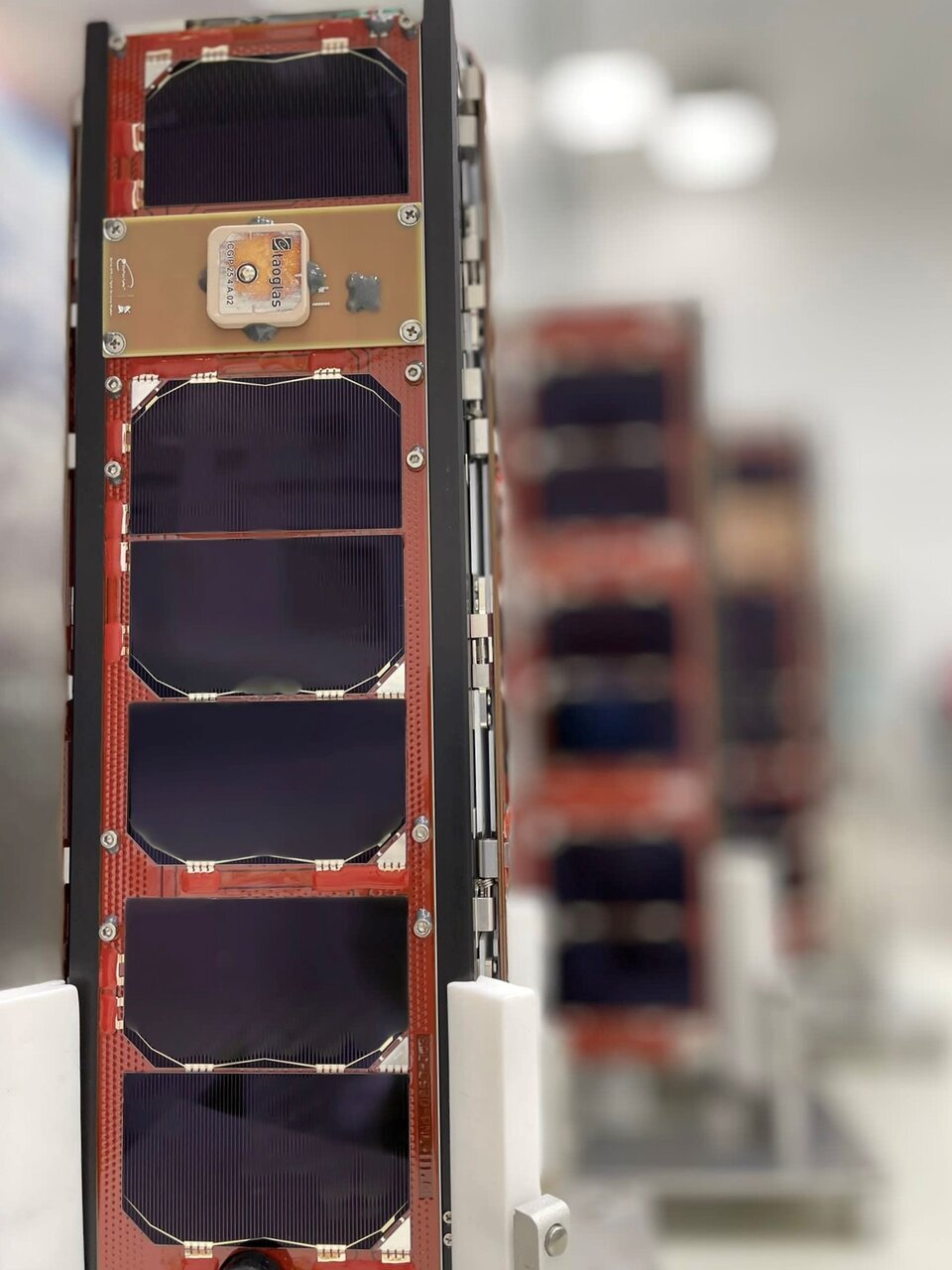
ANSER – Advanced Nanosatellite Systems for Earth-observation Research – is a cluster of three CubeSats which will work together in close vicinity as if they are a single satellite. Due to be launched on Europe’s next Vega flight, VV23, the ANSER mission is being undertaken by INTA, the Spanish Institute of Aerospace Technology.
Santiago Rodriguez Bustabad, overseeing the mission, explains: “ANSER is also the Latin name for the wild goose, a good example of birds flying in formation, adopting a leader-follower protocol, which is what our mission is emulating.”
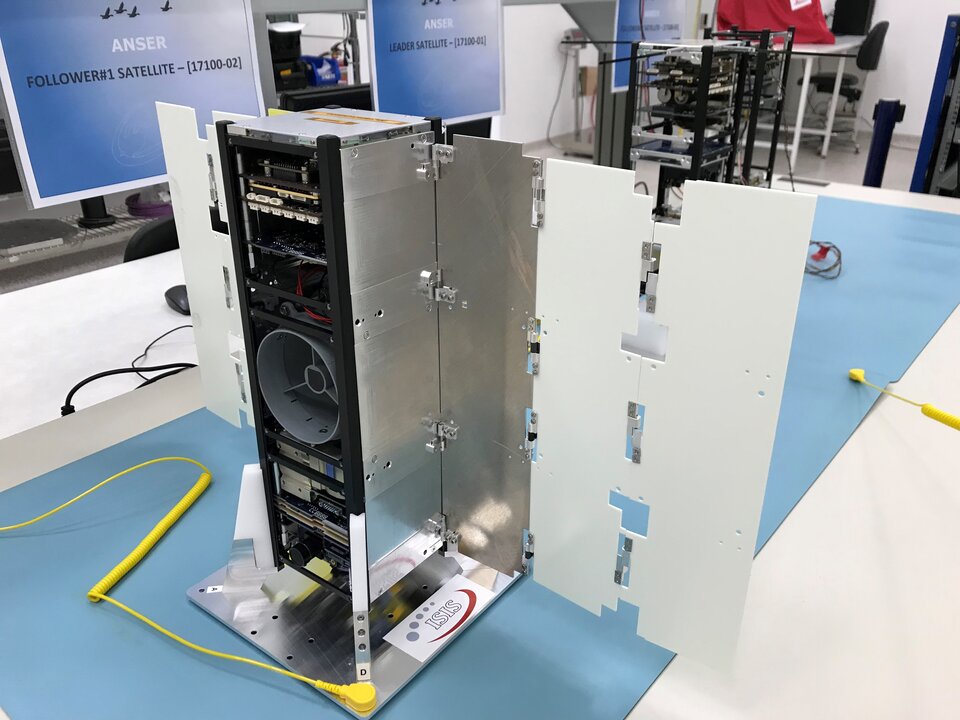
These three 3-unit CubeSats will orbit around 500 km altitude, maintaining formation at an optimum 10 km apart from each other. But they do not have any onboard propulsion systems. Instead they control their relative positions by deploying a set of flaps against the trace amounts of air at the top of the atmosphere. These will multiply their wingspan sixfold, allowing them to either drag themselves downward or lift themselves upward and sideways.
He adds: “A specially-developed algorithm will be used to plan these ‘Differential Lift and Drag’ manoeuvres on the ground for telecommand uplink to the satellites. Increasing the drag effect allows the creation of significant relative movements along track, while the more lightweight lift effect can produce small cross-track shifts.
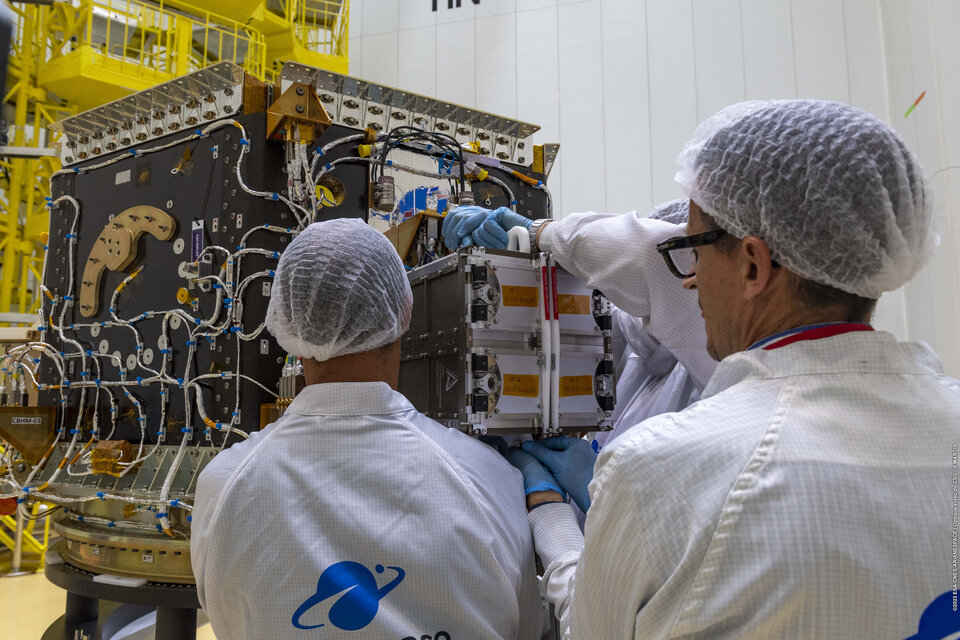
“The precise aerodynamic resistance is highly dependent on the orbital altitude, but on average we would expect to spend no more than 72 hours to produce 10 km of along-track separation. Later in the mission we might attempt autonomous onboard manoeuvring as well.”
One of the CubeSats serves as a leader, undertaking communications with the ground and connected to the others via inter-satellite links. It will also lead joint observations of ANSER’s main target, the quality of inland Iberian lakes and reservoirs, as well as comparable water bodies worldwide.
Santiago continues: “ANSER’s hyperspectral imager CINCLUS – named for another bird species – is a fractionated payload distributed across the three CubeSats. The leader satellite has a panchromatic cameras to detect clouds and pre-validate the utility of the hyperspectral images before processing on the ground. The two follower satellites host miniaturised hyperspectral cameras incorporating micro-spectrometers.”
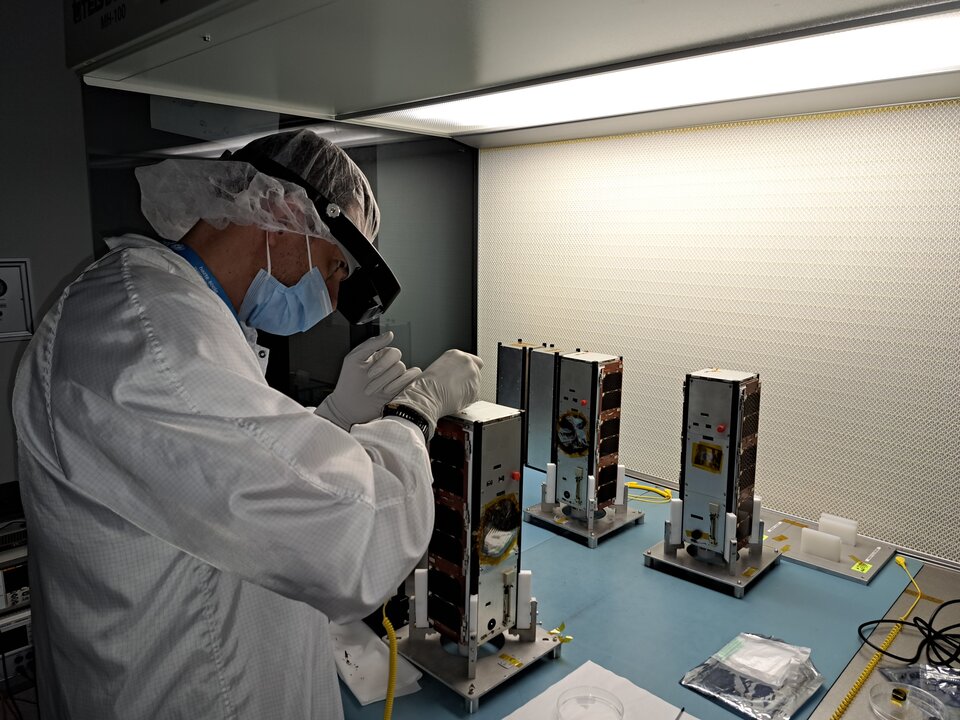
These four spectrometers cover the visible to near infrared region, supported by the panchromatic camera, delivering 60 m spatial resolution, offering insight into the suspended contents of water bodies, including its pollution levels or the presence of toxic microorganisms such as harmful phytoplankton blooms.
Santiago notes: “In recent years CubeSats and nanosatellites under 10 kg of mass have transformed from educational tools into highly-valued spacecraft for many commercial and government sectors, favoured for their short development times, rapid assimilation of new components and miniaturised sensors, lower costs – including launch costs – and improved functionality.
“But achieving operational performance can still be a challenge for such small satellites because of their limitations in terms of available power, ground coverage and resolution, revisit times and so on. And the use of commercial-off-the-shelf components and non-space-qualified parts adds extra risk.
“So to have a real chance of achieving an operational Earth-observing mission we are leaning into distributed systems in the form of clusters and constellations, together with miniaturisation.”
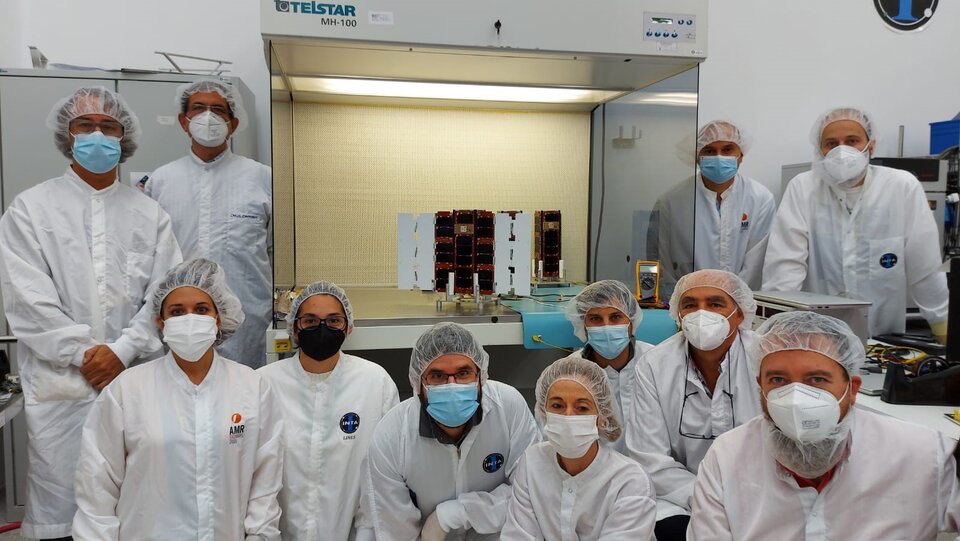
Without onboard propulsion, the operational lifespan of an ANSER cluster will be limited to two or three years, depending on their initial altitude. But the fractionated platform approach means this is more of a strength than a weakness because replacement CubeSats can be added to the cluster regularly, offering the chance to perform hardware upgrades in orbit.
Santiago explains: “In time the individual CubeSats would all be deorbited, but replaced in the meantime by more up-to-date versions, so that their overall mission could continue uninterrupted.”
ANSER is due to fly on Vega’s Small Spacecraft Mission Service, a rideshare service for small satellites, securing its place through the European Commission’s In-Orbit Demonstration/In-Orbit Validation programme.
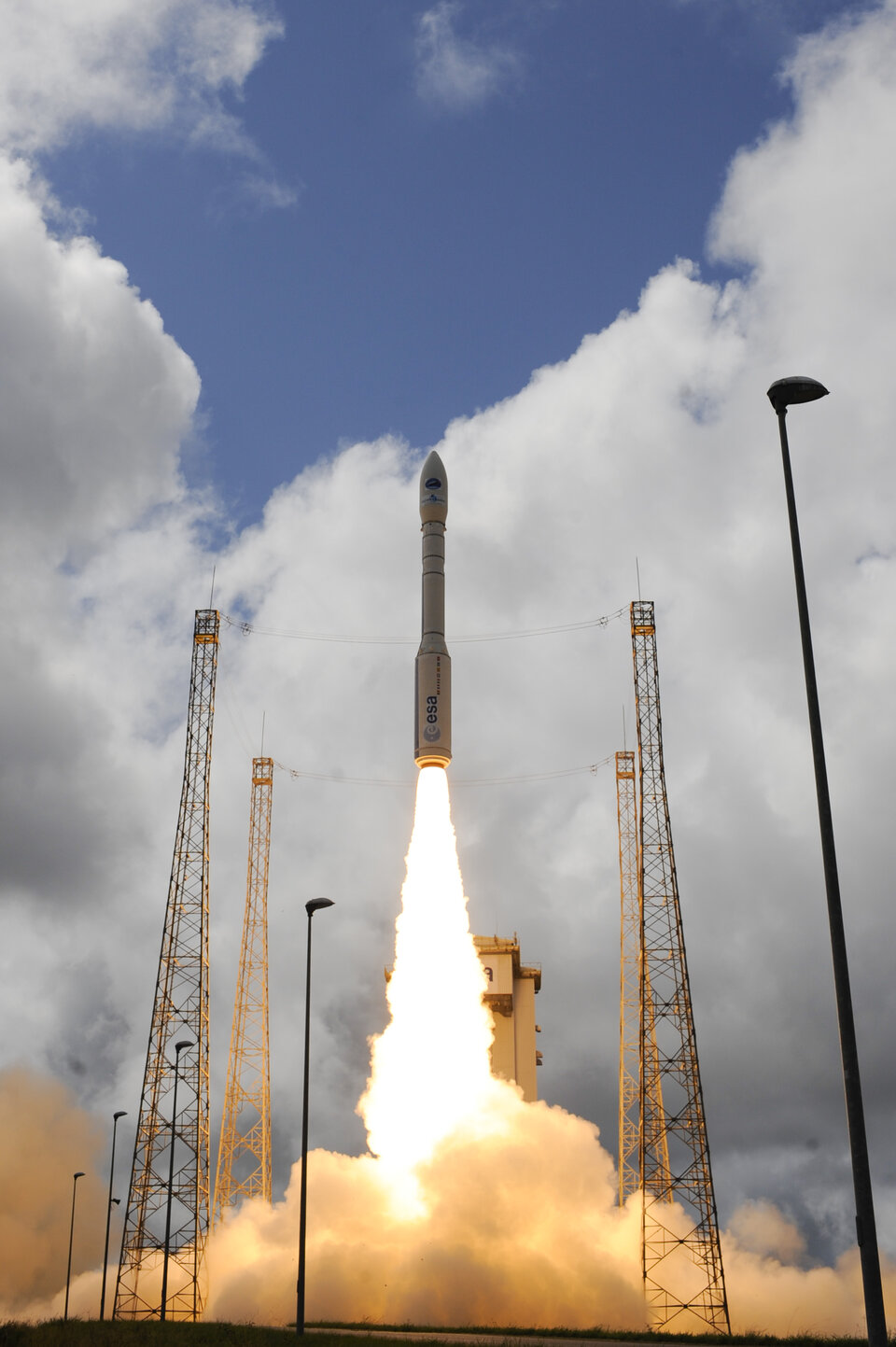
Managed on behalf of the Commission by ESA’s Small Satellite Platform Unit, this programme allows the early orbital testing of new technologies to make Europe’s space sector more competitive.
Santiago comments: “ANSER has been developed using INTA’s internal funding, but one of the most important strengths supporting our project over the past four years of work has been its selection for flight – after open competition with other European proposals – through the IOD/IOV Programme. With this support, ANSER could overcome various difficulties, including financial issues and the impact of the COVID pandemic, without losing sight of its main goal of in-orbit demonstration.”
Vega flight VV23 is due for lift-off next week from Europe’s Spaceport in French Guiana. Along with its main satellite payloads it carries multiple CubeSats including ESA’s PRETTY mission investigating reflected satnav for environmental monitoring, the Proba-V Companion CubeSat testing the performance of a previously flown spectral imager aboard a CubeSat and other IOD/IOV CubeSats.
Quelle: ESA
----
Update: 4.10.2023
.
Vega’s ESTCube-2 tether to the future
Estonia’s next satellite will fly aboard Europe’s Vega VV23 launcher later this week. While largely designed and built by undergraduate students, the shoebox-sized ESTCube-2 has ambitious goals in mind, including surveys of Estonian vegetation and the first successful in-orbit demonstration of ‘plasma brake’ technology. Deployment of a charged microtether will slow the CubeSat’s orbit, proving the prospect of helping to keep space clear of dangerous debris in the future.
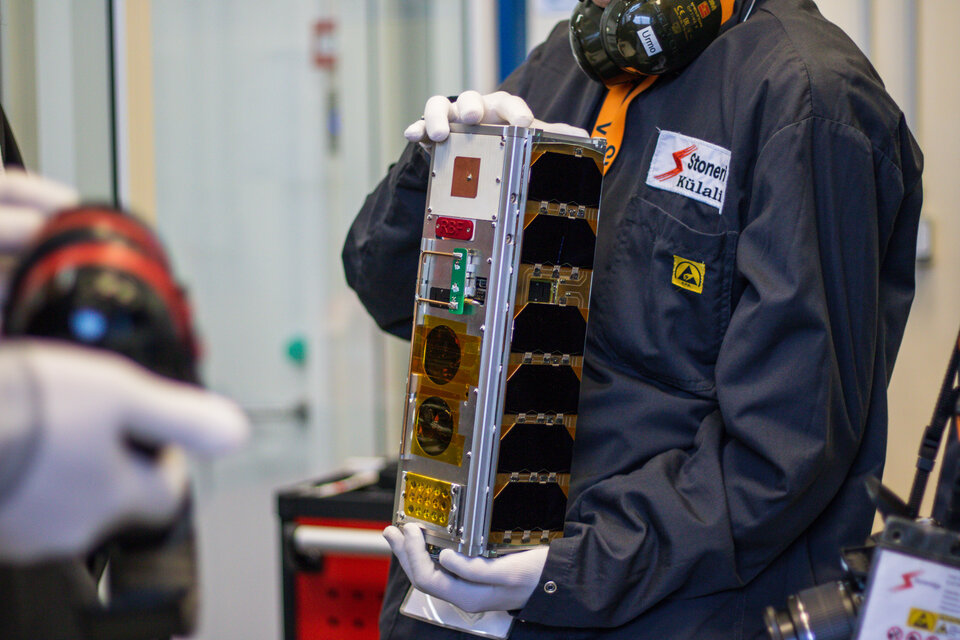
If successful, ESTCube-2’s plasma braking would mark the first use of electric sail, or E-sail, technology, devised by Pekka Janhunen of the Finnish Meterological Institute (FMI) as a propellant-free means of exploring the Solar System. Beyond Earth’s magnetic field, electrostatic charging of satellite tethers would cause them to repel protons of the solar wind, lending them momentum in the process.
Closer to Earth, the magnetosphere repels the solar wind. Instead an e-sail can perform the opposite function: the charged tether would repel the nearly stationary plasma making up our planet’s ionosphere – an electrically active outer layer of our atmosphere – and cause drag as a result, leading it to slow down and its orbit to decay accordingly.
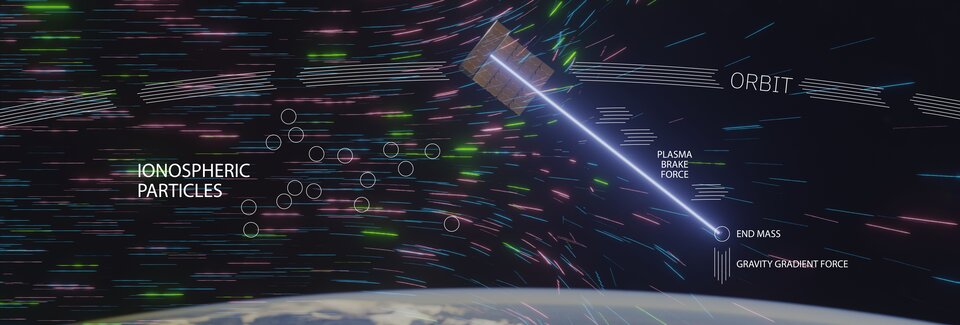
Hair-thick tether technology
Plasma brakes therefore offer a low-cost, low-mass method of quickly removing satellites from orbit after their mission ends, marketed commercially through Finland’s Aurora Propulsion Technologies.
ESTCube-2’s plasma brake e-sail is a 50-m long interweaved aluminium tether line made up of wires each just 50 micrometres (0.05 mm) in thickness – around the diameter of the average human hair.
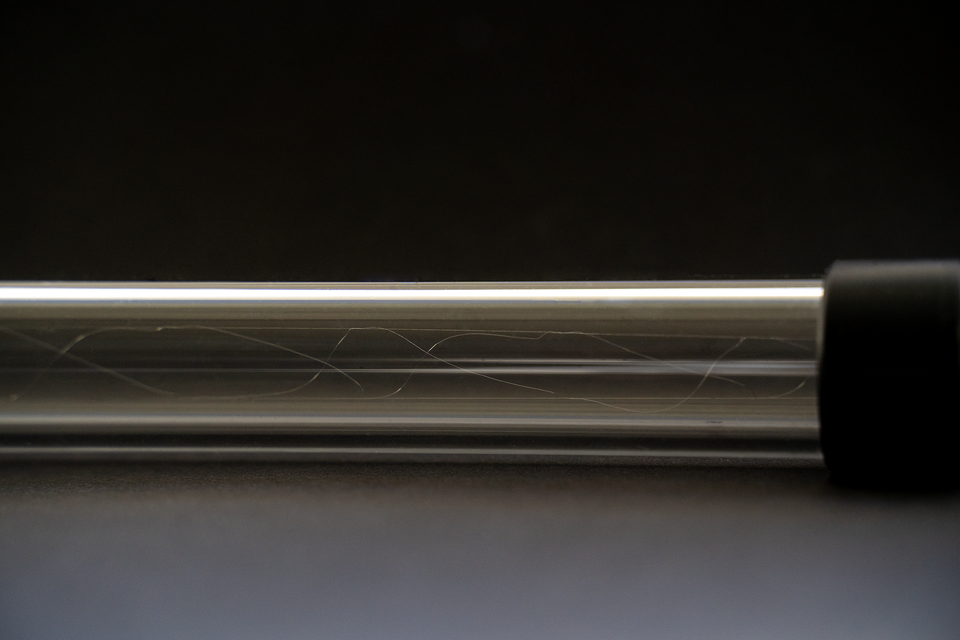
Pekka Janhunen explains: “Historically, tethers have been prone to snap in space due to micrometeorites or other hazards, so ESTCube-2’s net-like microtether design brings added redundancy with two parallel and two zig-zagging bonded wires.”
Student-built satellite
ESTCube-2 has been developed and built by a team from Tartu Observatory of the University of Tartu and student organisation Tudengisatelliit.
The miniature mission also carries student-built microcameras to survey Estonian vegetation, based on a design originally developed for ESA’s European Student Earth Orbiter mission.
Their results will be compared to the full-size Copernicus Sentinel-2 mission, as well as a materials payload investigating the corrosive effects of ‘atomic oxygen’ found at the top of the atmosphere, plus a software defined radio for amateur radio tests.
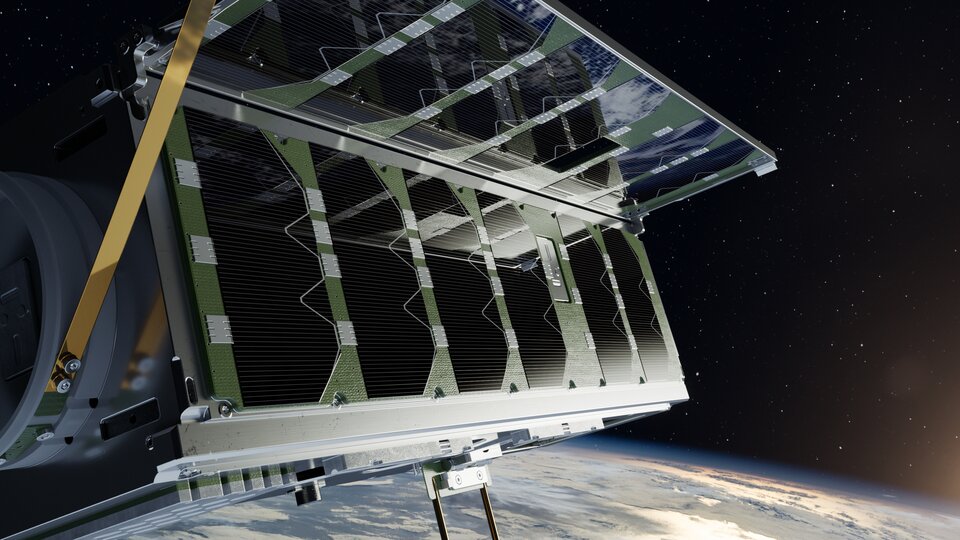
A 3-unit ‘CubeSat’ – a low-cost satellite built up from standardised 10 cm boxes – ESTCube-2 is due to fly on Vega’s Small Spacecraft Mission Service, a rideshare service for small satellites. It secured its place through the European Commission’s In-Orbit Demonstration/In-Orbit Validation programme.
Early in-orbit testing for novel technologies
Managed on behalf of the Commission by ESA’s Small Satellite Platform Unit, this programme allows the early orbital testing of new technologies to make Europe’s space sector more competitive.
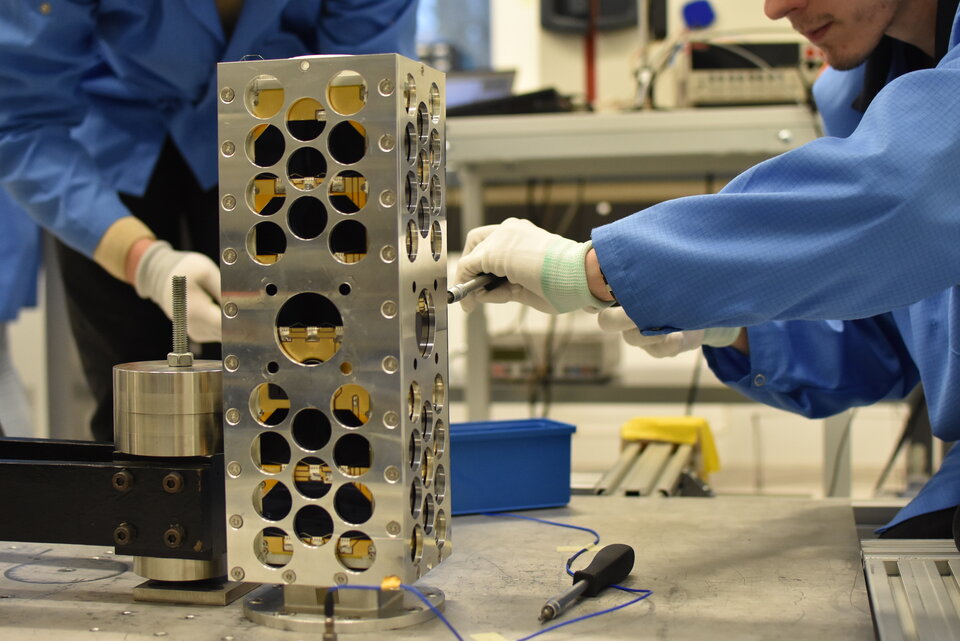
“As a volunteer student project, this IOD/IOV programme is ideal,” explains ESTCube-2 project manager Hans Teras. “It fits nicely with our timeline, including the testing we needed to be sure of our performance. Well over 600 university students across all study levels have played some role in making ESTCube-2 happen, but the mission as a whole is very ambitious, pushing the boundaries of what students can do.”
ESTCube-2 will fly a decade after its predecessor, ESTCube-1, which launched on a Vega in 2013. It too carried an E-sail payload from FMI, but a motor problem meant it failed to deploy.
ESTCube-2 is equipped with a stronger, more robust deploying motor that has undergone extensive mechanical testing.
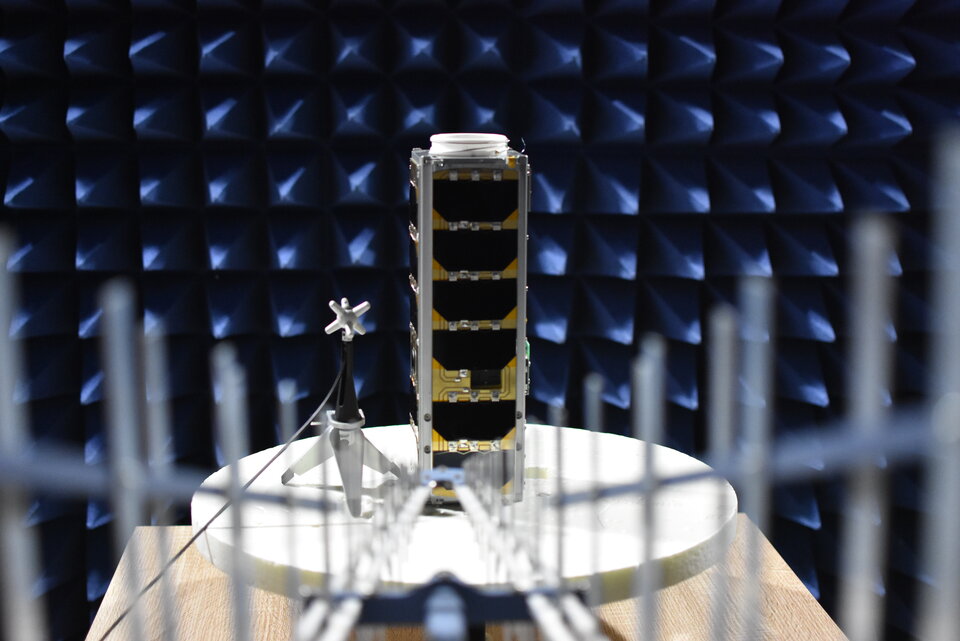
“The ESTCube-2 team has invested eight years of development work in order to have another chance of testing the revolutionary E-sail propulsion concept in orbit”, explains the University of Tartu associated professor Andris Slavinskis who led the transition from ESTCube-1 to ESTCube-2.
Kristo Allaje, Principal Systems Engineer of ESTCube-2, adds: “Last time we could encourage students to join us by the challenge of being the first Estonian satellite. This time we have to motivate them in another way, by asking them to enable excellent science.”
Around a year into the mission ESTCube-2 will be spun up using its reaction wheels. The ensuing centrifugal force should help serve to deploy the E-sail in a sufficiently taut fashion.

If successful, the E-sail is expected to lower the orbit of ESTCube-2 much more rapidly than normal.
Follow-up mission ESTCube-LuNa is being designed to test an E-sail beyond Earth orbit, to prove its usefulness as a method of deep space propulsion.
ESA has recently studied E-sail technology as an economical means of prospecting asteroids.
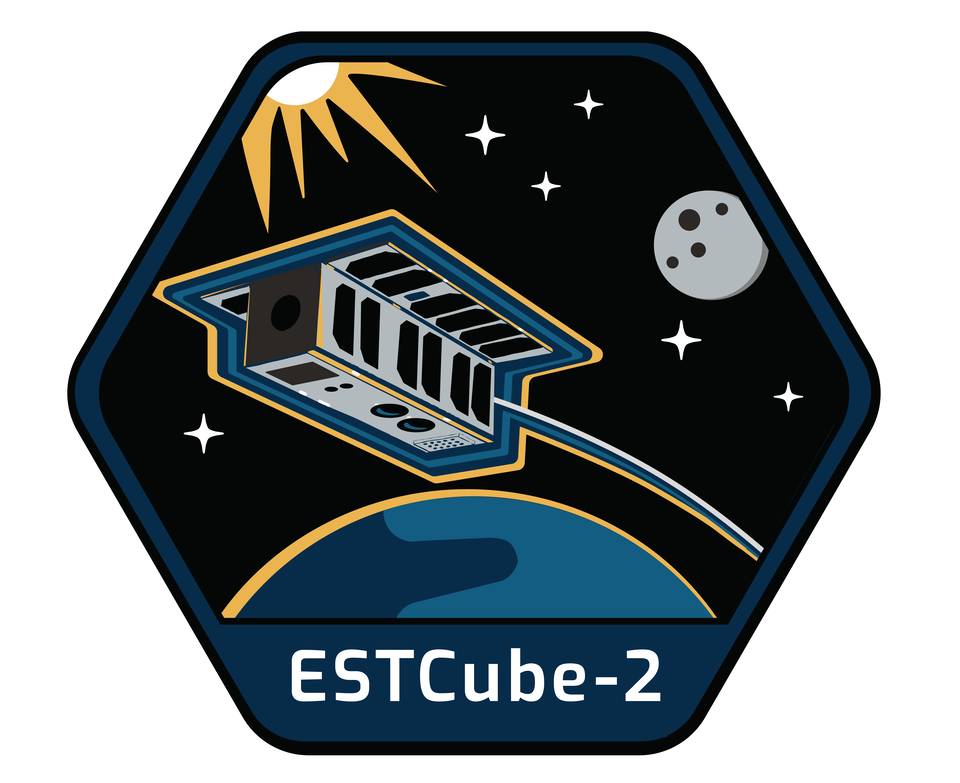
Earth monitoring and space effects study
ESTCube-2 pair of student-made microcameras designed have been optimised for the ‘Normalised Difference Vegetation’ index to reveal plant health. The camera pair will be tilted as needed to observe Estonian territory as often as possible, offering more frequent revisits than other Earth observation missions.
Tartu University spin-off company Captain Corrosion is supporting a experiment mounted on ESTCube-2’s hull. A set of 16 different materials will be evaluated for their resistance to ‘atomic oxygen’ – a variety of oxygen normally encountered only in low orbits, known to eat away at satellite surfaces.
ESTCube-2’s software defined radio will also be busy, including transmitting 8-second video clips prerecorded by Estonian citizens, connecting to Estonian schools along its swath and performing ranging experiments with amateur radio enthusiasts.
Vega flight VV23 is due for lift-off this week from Europe’s Spaceport in French Guiana. Along with its main satellite payloads it carries multiple CubeSats including ESA’s PRETTY mission investigating reflected satnav for environmental monitoring, the Proba-V Companion CubeSat testing the performance of a previously flown spectral imager aboard a CubeSat and other IOD/IOV CubeSats.
